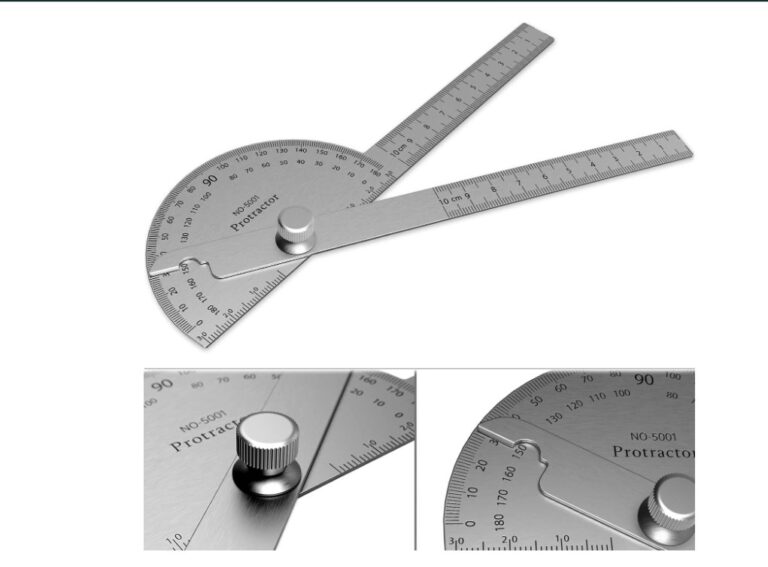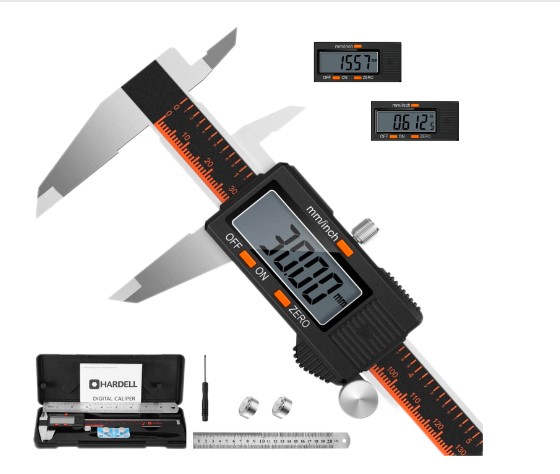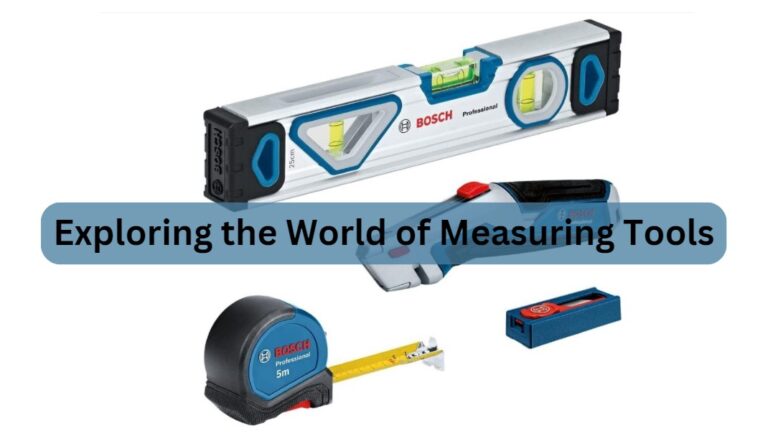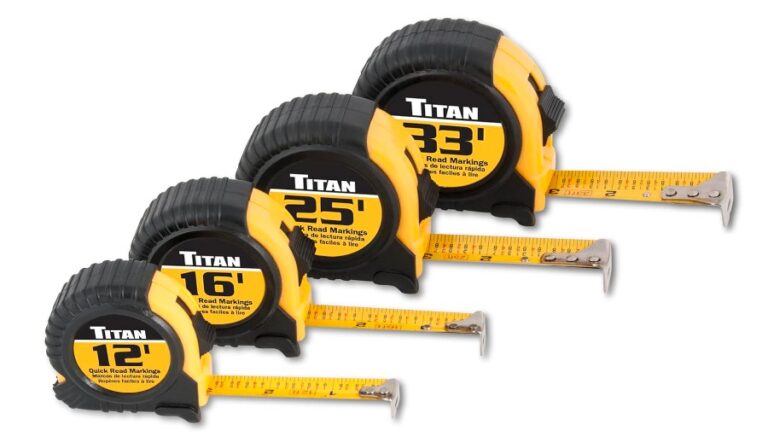Micrometers: Precision in Measurement
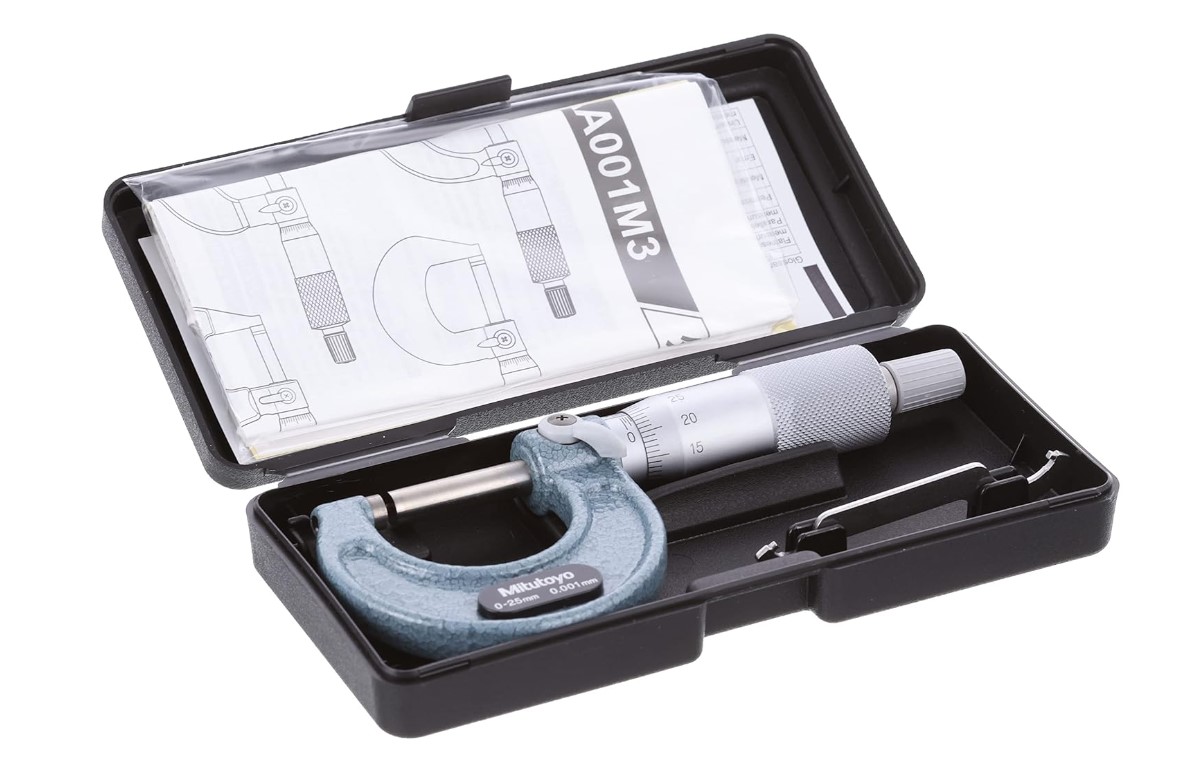
In the realm of precision measurement, where accuracy is paramount, micrometers stand as stalwart instruments.
These tiny tools, often overlooked in the broader spectrum of measurement devices, play a crucial role in ensuring precision in various fields.
From manufacturing and engineering to scientific research and quality control, micrometers are indispensable for obtaining accurate measurements at the microscopic level.
Micrometers: Unveiling Precision
Micrometers, commonly known as micrometer screw gauges, are devices designed to measure extremely small distances with exceptional accuracy.
Unlike other measuring instruments, micrometers are adept at measuring lengths down to the micron level, making them invaluable in applications where precision is non-negotiable.
These instruments typically consist of a calibrated screw mechanism, a spindle, an anvil, and a sleeve. The spindle and anvil are used to capture the object being measured, while the calibrated screw allows for precise adjustments and measurements.
The sleeve, marked with a scale, aids in reading the measurements accurately. The combination of these components allows micrometers to achieve accuracy at the microscopic level, making them ideal for applications where even the slightest deviation matters.
How to Use Micrometers
Using micrometers requires a careful and systematic approach to ensure accurate measurements. Here is a step-by-step guide on how to use micrometers effectively:
Preparation:
Before starting the measurement, ensure that the micrometer is clean and free from any debris. Clean the object to be measured as well to avoid inaccuracies.
Zero Setting:
Place the object between the spindle and the anvil and close the micrometer until there is a slight resistance. Use the ratchet or friction thimble to apply a consistent force. Set the micrometer to zero at this point to account for any variations in the starting position.
Measurement:
Gently open the micrometer, allowing the spindle to move away from the anvil. Carefully position the object to be measured between the spindle and anvil, ensuring it is secured without excessive force.
Taking the Reading:
Close the micrometer until it makes contact with the object. The sleeve and thimble will display the measurement on the scale. The sleeve provides the primary measurement, while the thimble adds the finer details. Combine these readings for the final measurement.
Recording:
Record the measurement accurately, noting down the values obtained from both the sleeve and thimble. This recorded value represents the precise measurement of the object.
Repeatability:
For increased accuracy, repeat the measurement multiple times and calculate the average. This helps eliminate any potential errors and ensures the reliability of the recorded measurements.
FAQs (Frequently Asked Questions)
1. Can micrometers measure both internal and external dimensions?
Yes, micrometers come in various types, including outside micrometers for measuring external dimensions and inside micrometers for measuring internal dimensions.
2. What is the resolution of a micrometer?
The resolution of a micrometer refers to its ability to measure small increments. Most micrometers have a resolution of 0.01 mm or 0.001 inches, allowing for highly accurate measurements.
3. How do I calibrate a micrometer?
Micrometers are usually calibrated by adjusting the zero point to account for any errors. This is done by using a standard calibration block or gauge block of a known dimension.
4. Can micrometers measure thickness?
Yes, micrometers are commonly used to measure the thickness of objects. By placing the object between the spindle and anvil, micrometers can accurately determine the thickness of materials.
5. Are there digital micrometers available?
Yes, digital micrometers have become increasingly popular. They provide a digital readout of measurements, offering ease of use and eliminating the need for manual interpretation of scale markings.
6. What materials are commonly measured using micrometers?
Micrometers are used to measure a wide range of materials, including metals, plastics, rubber, paper, and textiles. Their versatility makes them essential tools in various industries.
7. How do I maintain and care for my micrometer?
To ensure the longevity and accuracy of your micrometer, keep it clean, store it in a protective case when not in use, and avoid exposing it to harsh environmental conditions. Regular calibration checks are also recommended.
Conclusion
In the grand tapestry of measurement instruments, micrometers weave a thread of unparalleled precision. These diminutive devices, with their calibrated screws and meticulous design, play a vital role in ensuring accuracy at the microscopic level.
From the manufacturing floor to scientific laboratories, micrometers are trusted companions in the pursuit of precision.
Mastering the art of using micrometers requires attention to detail and a commitment to accuracy. Their ability to measure dimensions down to the micron level makes them indispensable in industries where precision is not just a preference but a necessity.
As technology advances, digital micrometers are becoming more prevalent, offering enhanced ease of use and efficiency.
However, the fundamental principles of careful preparation, zero setting, and meticulous measurement remain the cornerstone of using micrometers effectively.
The frequently asked questions provide insight into the versatility and functionality of micrometers, addressing common queries that users may have.
Whether measuring the thickness of materials, internal dimensions, or external dimensions, micrometers prove their worth in a multitude of applications.
In the hands of skilled operators, micrometers are not just tools; they are gateways to a world of precision, where the tiniest measurements can have significant implications.
As industries continue to demand higher levels of accuracy, micrometers will undoubtedly continue to be indispensable instruments, ensuring that precision remains the hallmark of quality.

